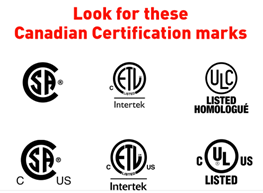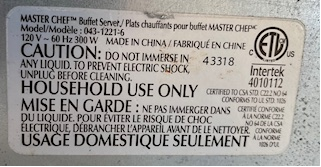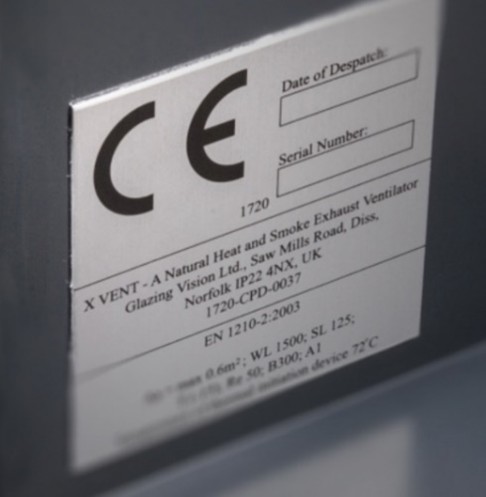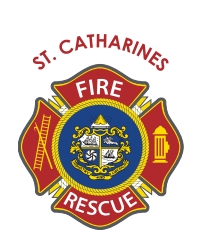|
Here you will find the fire safety, health, and operational requirements that all vendors not serving food must follow when participating in events on City of St. Catharines' property. This information is also available in pdf format so that it may be printed or saved to have on site as reference during an event. Requirements and Checklist for Non-Food Vendors
You’ll find key steps to complete 30 days before the event, inspection procedures for the day of, and detailed safety standards for cooking, equipment, tents, propane use, and more. Vendors are responsible for reviewing and meeting these requirements in full — non-compliance may result in removal from the event.
| Day of the Event - Inspections |
Inspections of the event including vendors may be conducted by representatives of:
- St. Catharines Fire Services
- Niagara Region Public Health
- Technical Safety and Standards Association
- The Electrical Safety Authority
- St. Catharines Building Department
These inspections may occur prior to or during the event to ensure compliance with the
Community Risk Reduction Requirements and other applicable regulations.
Vendors who fail to comply with the requirements of these policies, guidelines, or any other
applicable regulation, will not be permitted to operate and may be removed from the
event/property.
The event organizer is responsible for the overall operation of the event and must ensure that
all vendors are in compliance at all times. Non-compliance may result in, the denial of
application for future events.
Vendors or Event organizers who are not in full compliance at all times during the event may
be subject to inspection fees and or prosecution.
|
| Tents |
|
If your vendor display includes the use of a tent there are certain requirements that you must meet. These requirements apply exclusively to vendors that are not cooking or reheating foods, including beverages. If you are cooking or re-heating you are required to complete a food vendors application and submit it to St. Catharines Fire Services a minimum 30 days in advance.
- Tents located closer than 3m to a building or located within a group of more than six (this includes located in a group of unrelated vendors where 6 or more tents are together) must obtain a building permit at least 30 days in advance. You can speak with the organizer to try to find a more suitable location.
- The use of open flame or heating devices is prohibited inside of tents unless approved in writing by the St. Catharines Fire Service.
- Smoking and vaping is prohibited in all tents at all times.
- In the event of high and extreme winds unsecure objects and items can easily become projectiles putting persons at risk. To protect from this hazard all tents used outdoors shall be spiked (locates must be done prior to) or provided with weights adequate to prevent movement of tents.
Guidelines for 10x10 Canopy Tents
| Surface Type | Windy Conditions (20-30 mph) | Non-Windy Conditions |
|---|
| Grass / Dirt / Soil |
75 to 100 pounds per leg |
30 to 40 pounds per leg |
| Hard Surface |
50 to 75 pounds per leg |
20 to 30 pounds per leg |
| Sand/Beach |
100 to 125 pounds per leg |
40 to 50 pounds per leg
|
|
| Vehicles |
- One of the greatest risks to visitors and participants at events is the movement of vehicles, both authorized and unauthorized. All vehicles shall be in place a minimum 30 minutes prior to the events scheduled start time and shall not be removed until after the conclusion of the event. Vehicles shall include all motorized vehicles as well as trailers.
- At any time while vehicles are being moved, they shall be provided with an appropriate number of spotters to ensure the safe movement of the vehicle.
- Vehicles shall only be parked or located in authorized areas.
- All vehicles that are used to serve visitors or where visitors may enter shall have a minimum of two wheels chocked to prevent accidental movement.
|
| Aisles |
- When setting up at indoor venues, vendors may not locate any items in aisles, in front of exit doors or in accesses to the exits. Vendors are not permitted to block or obstruct portable fire extinguishers at any time.
- At outdoor events, vendors should attempt to ensure that displays do not create trip, fall or obstructions to patrons.
|
| Emergency Preparedness Plan |
| As part of all events, organizers are required to prepare an emergency preparedness plan that explains what to do to reduce the likelihood of a risk to attendees or vendors, as well as how to deal with a variety of situations. Some of this planning will affect your participation in the event. Ensure that you have been provided with information from the organizer on the steps to follow in the event of an emergency. |
| Electrical |
- All extension cords and or powerbars are to be listed (see approval marks below) and shall have no signs of damage and shall not have been altered in any way. Never overload extension cords.
- Extension cords shall not be located so as to create a trip or fall hazard to the public or other vendors.
- Vendors selling any electrical appliances or devices are to ensure that these products are certified and approved for sale and use in Canada. Selling unlisted appliance could result is seizure of unapproved or unsafe items and or prosecution.
|
| Electrical Appliances |
|
When purchasing an electrical appliance look for one containing an approval label bearing one of these certification marks:

Appliances identified as “Household Use Only”, “Not for Commercial Use” etc. have not been inspected and listed for commercial use and are not permitted to be used at the Market, at vendor shows, on food trucks, etc.

If the appliance is not approved for use in Canada, it may not be used.
All appliances shall be approved by a recognized (in Ontario) testing agency. Items carrying the CE mark have been tested and approved for use in the European Market. These items are not permitted to be sold in Ontario and should be returned to point of purchase as their use can result in penalty.
These items are often sold by online marketers both in Canada, as well as internationally. Vendors may seek a “Field Approval” by applying for an onsite inspection from the ESA.

How to read an approval label for listed or approved appliances in Canada
Look for:
- Manufacturer, Serial Number, Model, etc.
- Item descriptions approved use.
- A label from the approval agency.

|
|






